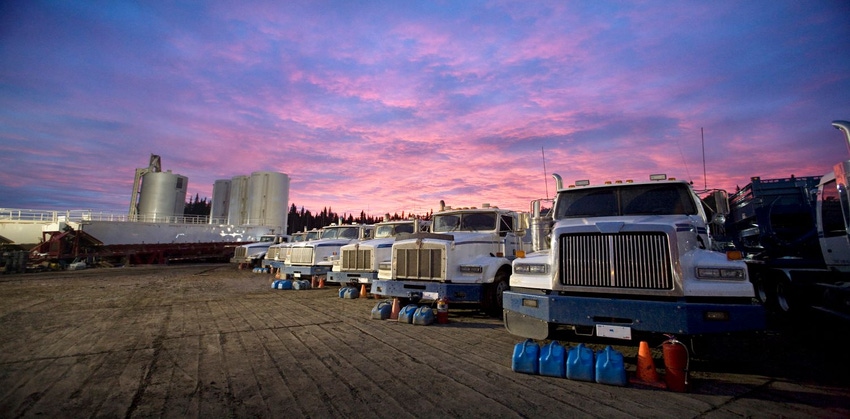
With two years of pandemic-induced supply chain disruptions, you might think relief is at hand. Sadly, experts now say they expect problems to persist until at least 2023.
If so that gives those who make decisions in the ag supply chain plenty of time to consider how to retool for the future.
A lot of the on-going supply-side disruptions are manifested in inventory – or lack of it. Row crop farmers may recall 2008 when fertilizer prices skyrocketed, then plummeted, leaving some dealers owning expensive inventory just as prices began to fall.
“There is a risk in managing inventory and a cost with owning inventory – and that depends on the supply chain,” says Iowa State ag economist Bobby Martens.
Some supply chains have transparency, and some, like ag inputs, do not. There’s not much visibility between a cooperative and a company producing fertilizer or chemicals. They don’t know exactly where inventories stand between supply chain partners, which creates added price uncertainty and increased product availability risk.
It leaves farmers frustrated. The built-in uncertainty of planting season, when farmers may make last minute changes due to prices or weather, doesn’t help.
Good name
“Crop protection folks still want to keep their name good in the ag world but they are dealing with chains that are very full, and that’s when small disruptions could cause an actual shortage,” says Martens. “There’s a lot of uncertainty for seed companies knowing what will sell or not, what should seed be treated with or not. Crop protection companies have a high goal of being in stock of product all the time because the fear of losing a customer to a competitor is very high.”
This spring the sooner you make input decisions, the better. Be nimble; be ready to embrace plan B or C in your planting strategy.
“The magnitude of these uncertainties is something we have never had to deal with before,” says Martens. “I’m not saying we’re not going to have glyphosate or any other specific crop protection product, it’s just that you may want to have some substitutes in mind; or, you may have to switch from anhydrous to urea, for example.”
Farmers might complain they are being price gouged on fertilizer, but it’s much more than that. There are fewer fertilizer producers worldwide, located in countries like China, and Russia. Higher grain prices attract new crop acres worldwide and they compete for a limited amount of crop nutrients.
“When Russia and China decided to restrict fertilizer exports, that was a major disruption to global markets,” says Martens. “If we continue to see some countries less stable and less open to trade, or close their economies, you will see more disruptions.”
What has the pandemic taught us about supply chains and their future?
The Walmart model of is what we’ve all been chasing to reduce costs, and – all things equal – lower cost is better than high cost. Yet, given the disruptions of the past two years, the efficient approach has a big weakness – just consider the new vehicles that were delayed due to chip shortages. Ford is now seeking co-ownership with a chip making company. “It is easy to chase the cost angle but really good supply chain managers realize it’s just one aspect, and they should think about other angles as well,” says Martens.
Just-in-time production, designed to reduce waste in supply chains, doesn’t necessarily make sense for all industries at all times. If just-in-time means you’re jumping through crazy hoops to get product delivered at crazy costs, is it worth it?
The goals of a supply chain must align with the company’s strategy. One of the two must change if they are not aligned.
Going forward, supply chain managers should consider how to make them agile, resilient, and bounce back quickly when a problem happens. Because everything will not work perfect all the time.
Is there a better way to share risk in the supply chain? Trust, transparency, and information sharing could go a long way to decrease costs because you don’t have excess inventory or availability issues due to a lack of visibility.
Have we learned any lessons from what agriculture is struggling with now? Time will tell.
Read more about:
ManagementAbout the Author(s)
You May Also Like






